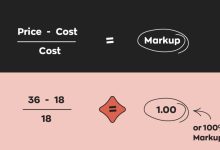In recent replica cross-border e-commerce standalone site promotion work, some students asked me questions like these:
-
“There are so many daily add-to-cart actions, but still no conversions. I can’t figure out why.”
-
“We already have a lot of add-to-cart data, but why is there still no conversion?”
-
“Facebook Ads bring in add-to-cart results, but no conversions at all. What does this mean?”
Friends, from Add to Cart to Conversion, we still have a long way to go!
Even if your add-to-cart numbers look beautiful,
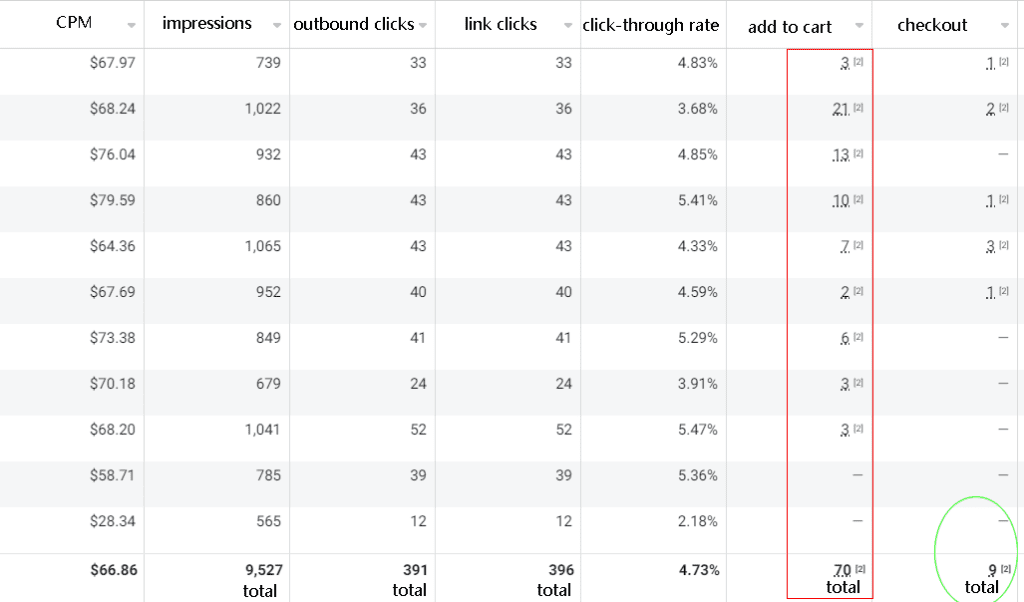
please — do not be fooled by the surface data. We must look beyond the appearance and understand the essence of the problem. Otherwise, it is like seeing the trees but not the forest.
Without sharp operational and analytical ability, there will be no real ROI output capability.
Why Do We Still Have a Long Way to Go?
Having add-to-cart numbers alone is still far from real conversions — and reaching that goal requires massive effort.
-
From the metrics perspective: your CPM and CPC may look fine, which only proves that your targeting is not completely wrong. But finding that tiny, most precise group of real buyers is still miles away.
-
OK, CTR also looks good. That only shows your ad copy is attractive. But does it convert? Not necessarily. Think about clickbait — it gets clicks, but doesn’t sell.
-
Add to Cart is too easy. It’s just one click, no cost, no effort. That’s why its value is not that high.
Those who have run AliExpress campaigns should remember: only a few new orders a day, but hundreds of “pending payment” carts piling up.
The same applies to a standalone replica site. Add to Cart requires zero money — anyone can do it. But making a buyer take out real cash, two or three hundred dollars at a time, is a completely different challenge.
Even on a low-ticket platform like AliExpress, conversion is hard. On a high-ticket replica site, it’s even tougher.
That’s why I say: from Add to Cart to Conversion, we still have a long way to go. This is the bottom-line logic.
How Can We Do?
How do we walk this long road from Add to Cart to Conversion?
1) Landing Page
Landing page optimization is the basic, foundational on-site work — infrastructure work — and it’s crucial. Think related/cross-sell flow, and keep a close eye on on-site operational metrics. Please take this seriously.
Landing page optimization covers several aspects:
A. Product selection
Use data to filter categories — don’t rely on “gut feeling.” Many times you think something is a “hot item,” but that’s only your impression, not proof.
For example: you may think a certain bag looks great and it gets lots of add-to-cart clicks, so you assume your product choice is fine. But is that really true? Did you refer to the data? Have you considered this bag’s practical suitability in the market you’re targeting?

Maybe the items that actually sell are the styles you thought were gaudy or wouldn’t touch with a ten-foot pole.

For product selection, perform data analysis and demand research — e.g., keyword statistics, checking competitor sales, etc. Avoid highly subjective approaches like “it feels right,” “I think,” or “it should be.”
B. Pricing
As some of my client friends often say: “We don’t want to just fight a price war. If the replica industry is only about price wars, then the pursuit of high margins loses its meaning.”
Still, price is a factor that makes buyers hesitate. They may add to cart but stop short of conversion. So, without launching a destructive price war, make sure you focus on these key points:
-
Reliable supplier resources
Don’t end up working with a middleman who takes multiple cuts before the product even reaches you. Reliable dropshipping partners are crucial. With solid supplier support, you can ship cost-effective products worldwide at a competitive price point. -
You get what you pay for
Highlight product quality on the product page. Use ultra-clear main images and detailed real-life photos to show buyers why your product is worth the listed price. -
Know when to stop
Even in the replica industry where profit margins are high, competition exists. Pricing must be reasonable — don’t overcharge. With many similar products available, buyers will compare across stores. -
Smart use of discount coupons
Set a low entry threshold for site-wide coupons or time-limited discounts. These small incentives can nudge buyers from “Add to Cart” toward actual conversion.
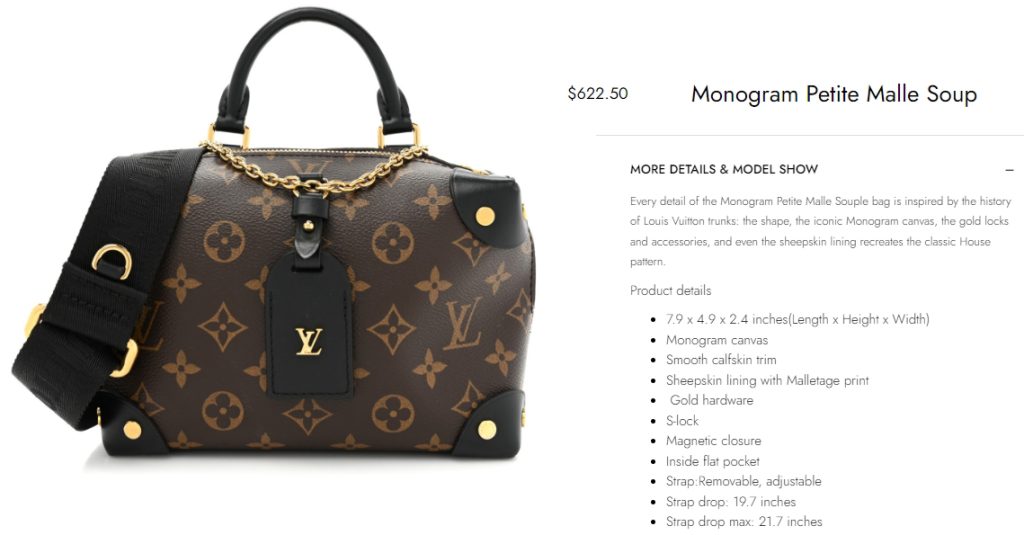
C. Other Factors
Consider elements like reviews (which can be boosted strategically), user-generated content, delivery policies, return/exchange policies, and payment options. In short, you need to build trust so that buyers feel confident purchasing from your site.
D. Checkout Page
Simplify the checkout process as much as possible. For example:
-
Support guest checkout (no mandatory registration)
-
Use one-page checkout layouts
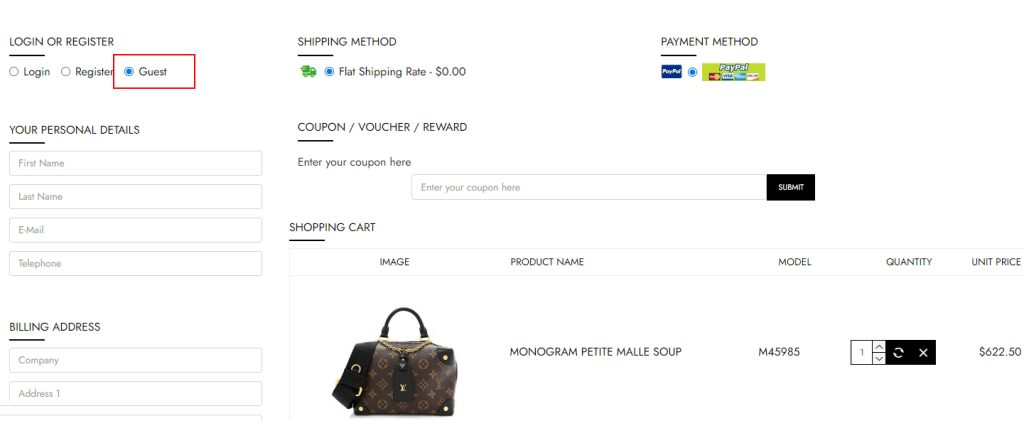
These small optimizations can significantly reduce friction and increase conversion rates.
E. Site Design / Decoration
Spend some time on site aesthetics. While high-end UI may not be the main focus for a replica standalone site, high-ticket items especially benefit from a luxurious and premium-looking layout.
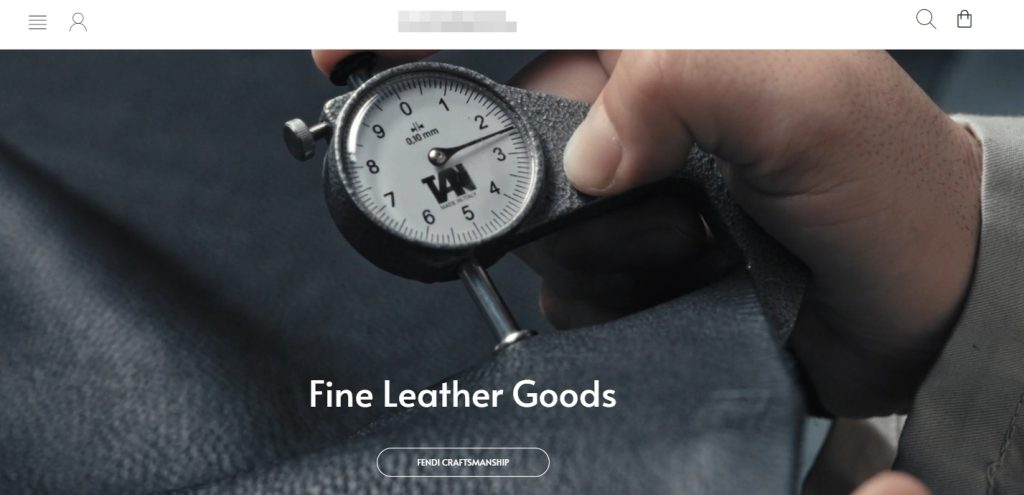
My team and I provide multiple replica site templates with powerful functionalities, allowing you to design almost any effect you want. For example, if you sell bags, you could design a layout that closely resembles an LV official site — provided you have basic design sense, some aesthetic skills, and a good understanding of the template’s features.
2) Traffic
A. Checkout Events
In your pixel tracking, besides monitoring Add to Cart events, it’s crucial to also track Checkout events. This allows data to be sent back to Facebook Ads for deeper analysis and optimization.
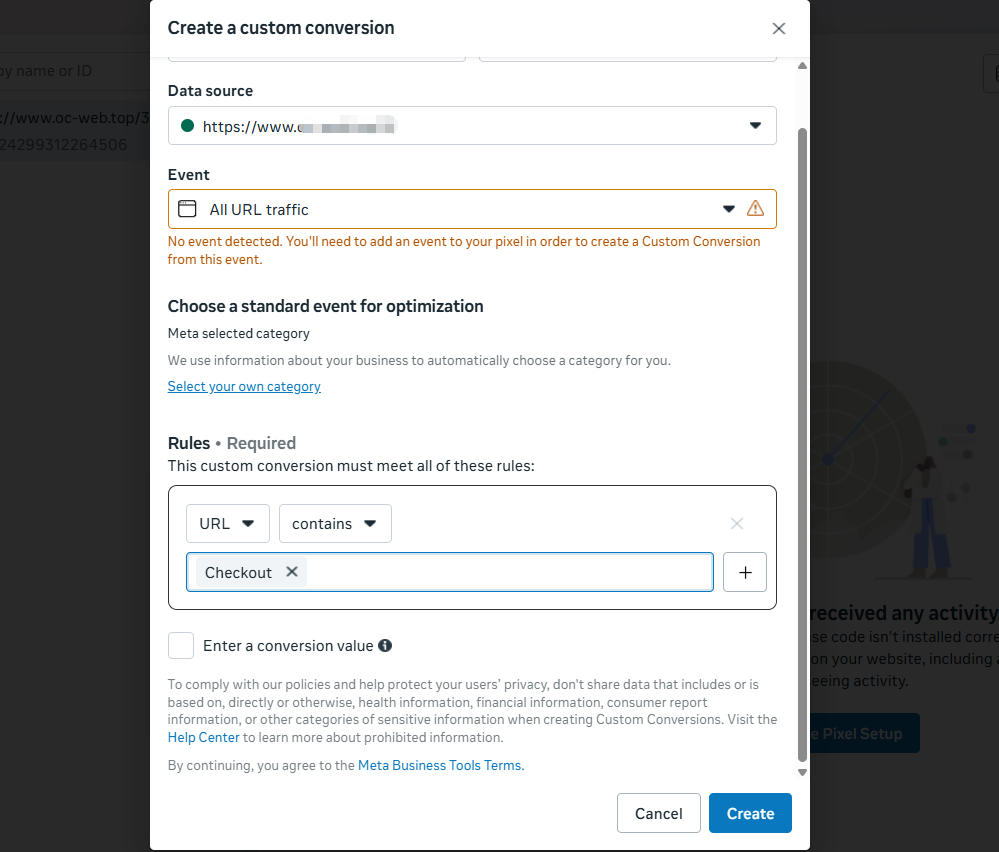
It’s not just checkout — you can track other key events along the buyer journey. By analyzing the drop-off between “just clicked Add to Cart” and actual checkout, you can estimate how strong the buyer’s purchase intent really is.
Don’t assume that having items in the cart automatically means conversion will happen.
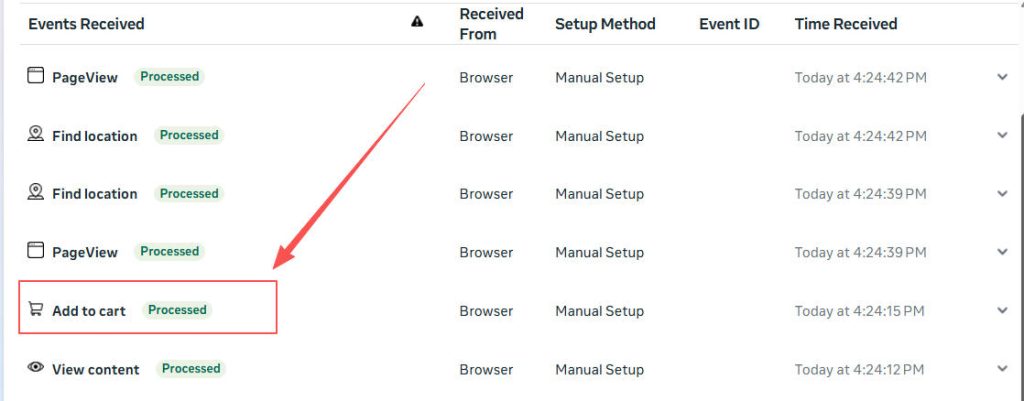
Also, keep in mind that Facebook reporting data can be inflated due to various factors. It’s relatively accurate but not perfect. To get more precise insights, add Google Analytics (GA) tracking to your site with custom events for the same actions. Then compare the GA data with Facebook reports for better accuracy.
B. Audience Iteration Method
When we lack experience in audience optimization and narrowing down targets, a good approach is the “iteration method.”
For example, start with an Add-to-Cart campaign and run it for 2–3 days to accumulate audience data.
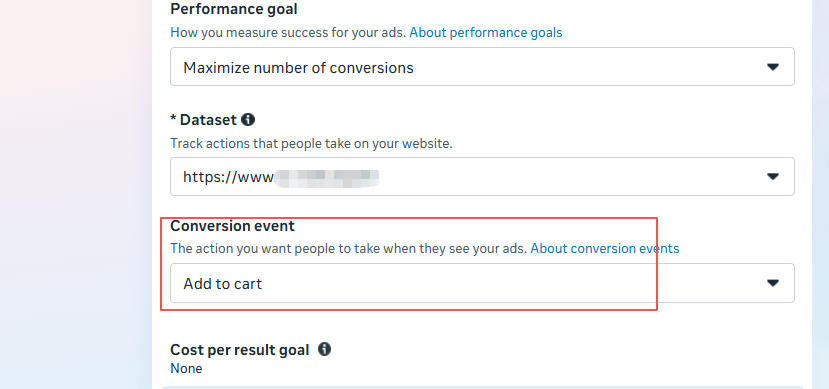
If the results look promising, duplicate the campaign and set a higher objective, like Checkout.
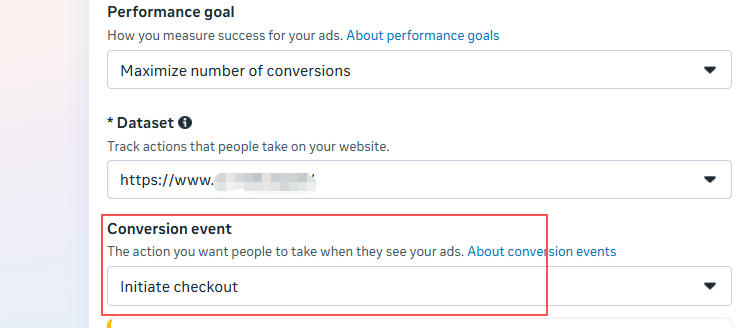
Then iterate further with objectives like Purchase,
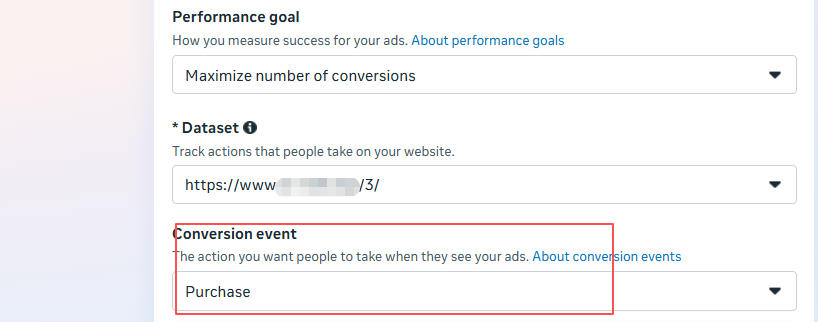
collecting data layer by layer, training your pixel, and gradually advancing through each stage.
Regarding Meta (Facebook) Ads optimization, I’ve covered many details in previous articles — including GA analysis, creative optimization, audience deep-dives, placement optimization, pixel code optimization and reuse, campaign objective optimization and reuse, horizontal comparisons, and A/B testing strategies. There’s a lot to discuss, so I won’t go into full detail here.
Conversion techniques aren’t achieved overnight. You need to accumulate practical experience, develop a keen eye for data, and then conversions and orders will naturally follow.
From Add-to-Cart to Conversion, the Road Is Long — But We Keep Pushing Forward! 🚀
Start your high-profit replica cross-border e-commerce business today. Begin by building a high-standard replica standalone site, then join our global dropshipping program to reach buyers worldwide. 🌎💰
 Custom E-commerce Solutions for High-Quality Designer-Inspired Fashion Replicas | Website Development, Dropshipping, Payment Integration for PayPal and Stripe, Ad Cloaking Services
Custom E-commerce Solutions for High-Quality Designer-Inspired Fashion Replicas | Website Development, Dropshipping, Payment Integration for PayPal and Stripe, Ad Cloaking Services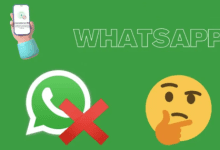



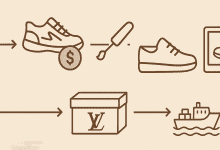


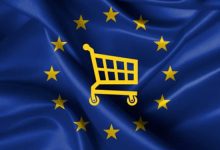


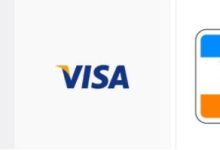
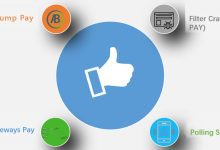

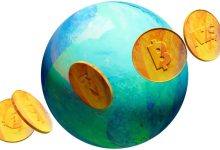
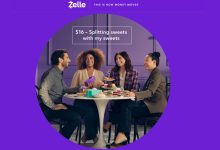
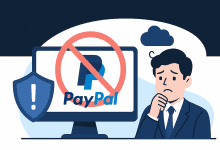

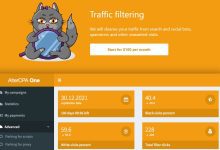


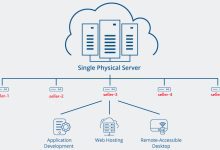


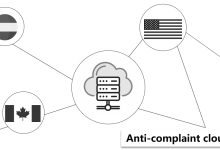

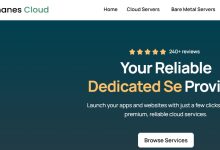


![5 Best WordPress Themes for Replica Product International Trade Websites [Recommended]-Custom E-commerce Solutions for High-Quality Designer-Inspired Fashion Replicas | Website Development, Dropshipping, Payment Integration for PayPal and Stripe, Ad Cloaking Services](https://replicasmaster.com/wp-content/uploads/2025/06/1-1-220x150.jpg)
